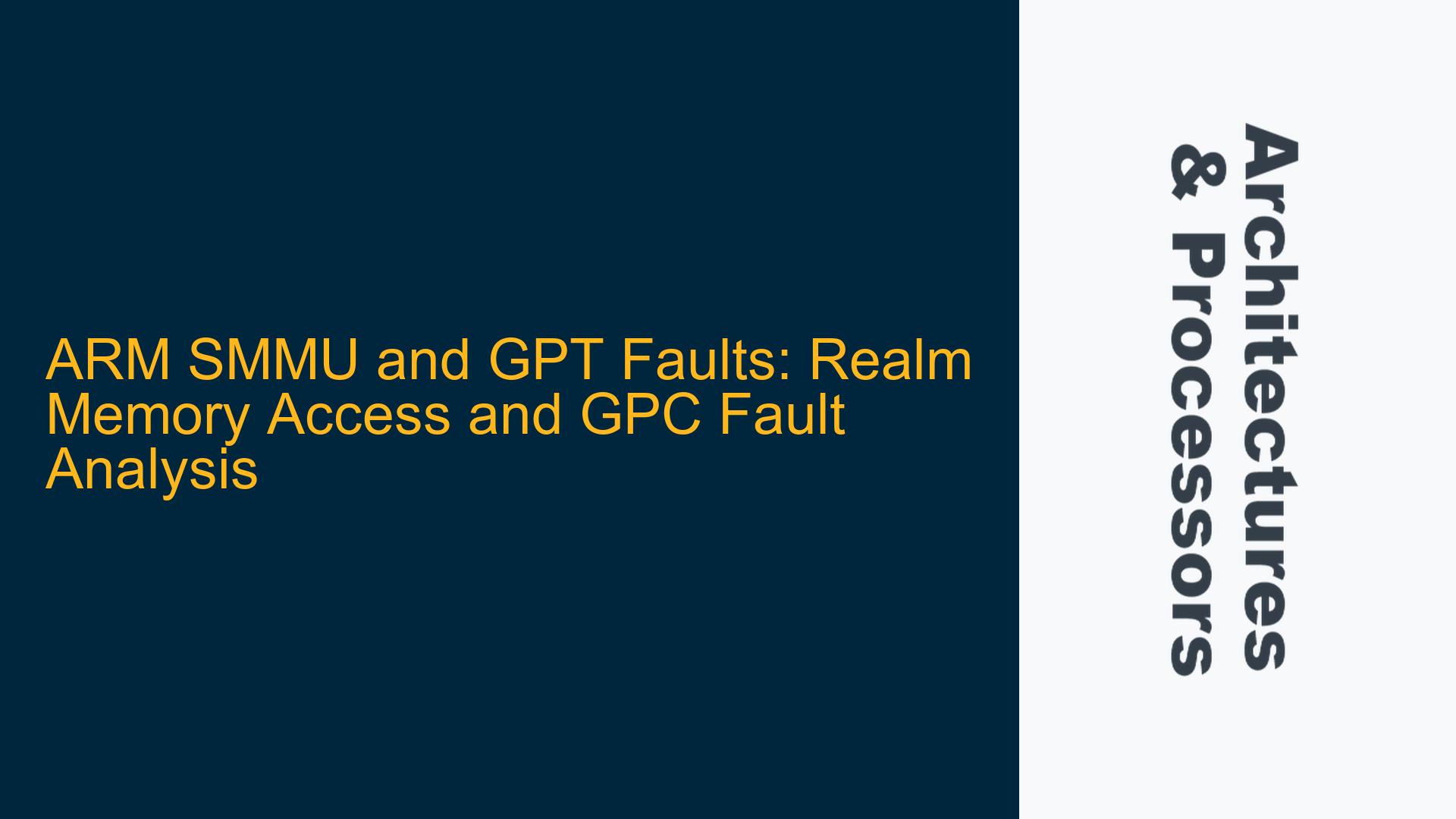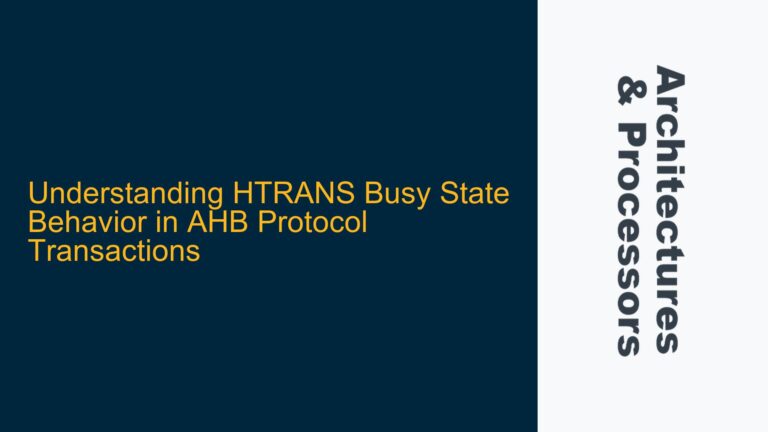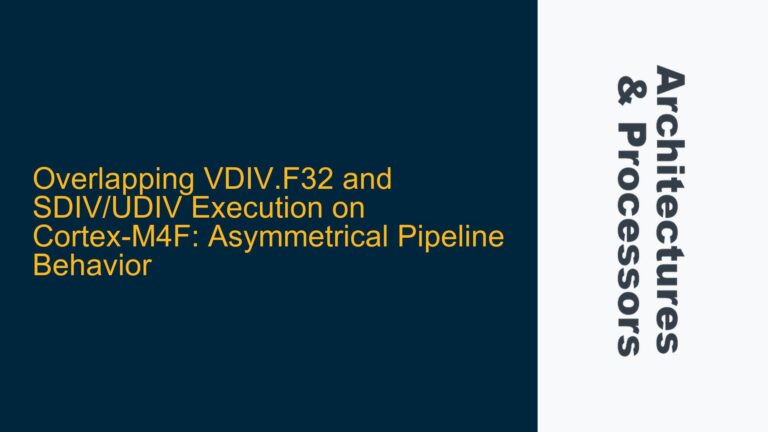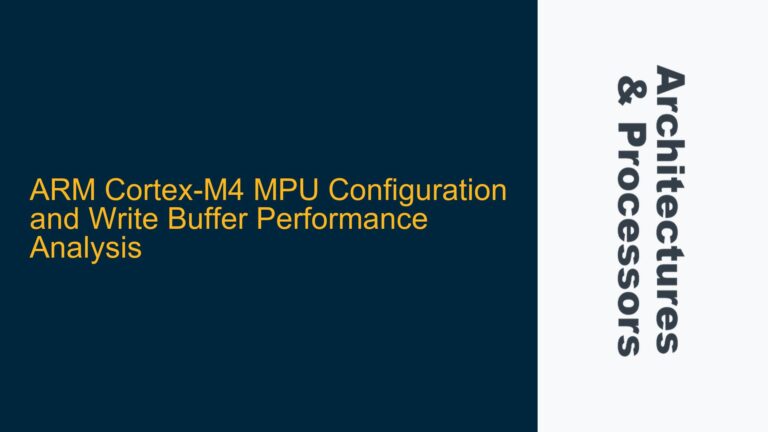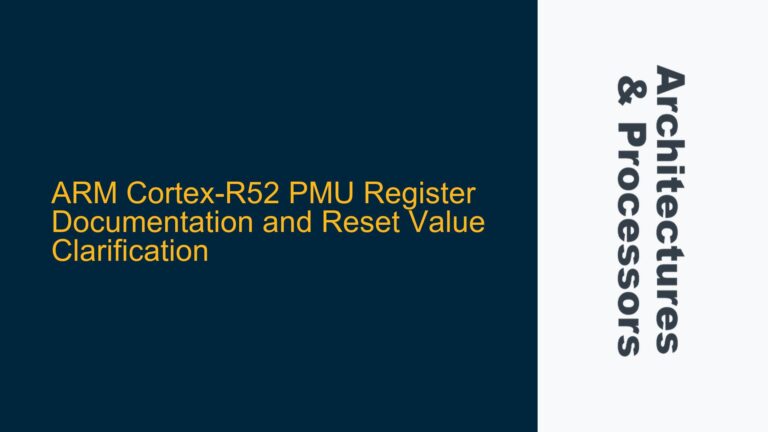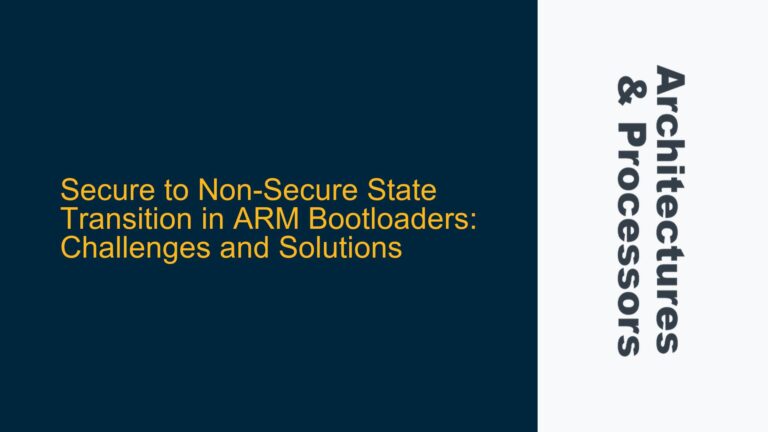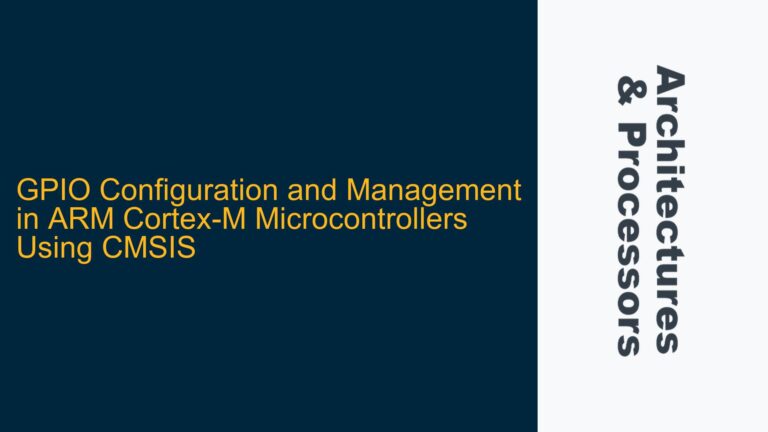ARM SMMU and GPT Interaction in Realm Memory Access Scenarios
The ARM System Memory Management Unit (SMMU) plays a critical role in managing memory access permissions for devices in a system. When combined with the Granule Protection Table (GPT) in ARM’s Confidential Compute Architecture (CCA), the SMMU ensures that devices adhere to strict memory access rules, particularly when dealing with Realm Virtual Machines (VMs). The GPT is responsible for defining the memory protection attributes for granules (memory pages), and the SMMU enforces these attributes during device-initiated memory accesses.
In the context of CCA, Realm VMs are designed to provide isolated execution environments for secure workloads. The GPT marks certain memory pages as Realm pages, which are intended to be accessible only by authorized entities. When a device attempts to access a memory page marked as a Realm page in the GPT, the SMMU performs a granule protection check (GPC) to determine whether the access is permitted. If the access violates the GPT-defined permissions, the SMMU generates a GPC fault.
The primary purpose of this mechanism is to prevent unauthorized devices from accessing secure memory regions, thereby protecting the integrity and confidentiality of Realm VM resources. This is particularly important in systems where devices may be untrusted or potentially malicious. By enforcing strict memory access controls, the SMMU and GPT work together to ensure that only authorized devices can access Realm memory pages.
GPC Faults and Unauthorized Device Access to Realm Pages
When a device attempts to access a memory page marked as a Realm page in the GPT, the SMMU performs a granule protection check to verify whether the access is permitted. The GPT defines the access permissions for each memory granule, including whether the granule is accessible to devices, processors, or specific security states (e.g., Secure, Non-Secure, or Realm). If the device’s access request does not align with the GPT-defined permissions, the SMMU generates a GPC fault.
The generation of a GPC fault indicates that the device has attempted an unauthorized access to a Realm memory page. This fault serves as a protective mechanism to prevent potentially malicious devices from accessing secure VM resources. The fault is typically handled by the system’s exception handling mechanism, which may log the event, terminate the offending device’s operation, or take other corrective actions.
The intention behind this strict enforcement is to ensure that only authorized devices can access Realm memory pages. This is critical for maintaining the security and isolation of Realm VMs, particularly in multi-tenant environments where multiple VMs may coexist on the same physical hardware. By preventing unauthorized access, the SMMU and GPT help to mitigate the risk of data breaches, privilege escalation, and other security vulnerabilities.
Implementing Granule Protection Checks and Fault Handling in SMMU
To effectively implement granule protection checks and fault handling in the SMMU, developers must understand the interaction between the SMMU and GPT, as well as the mechanisms for configuring and managing memory access permissions. The following steps outline the key considerations and best practices for implementing these features:
Configuring the GPT for Realm Memory Protection
The GPT is a critical component of the memory protection mechanism in ARM’s CCA. It defines the access permissions for each memory granule, including whether the granule is accessible to devices, processors, or specific security states. To configure the GPT for Realm memory protection, developers must:
- Define the memory regions that should be marked as Realm pages. These regions typically include the memory allocated to Realm VMs and any associated data structures.
- Set the appropriate access permissions for each granule in the GPT. For Realm pages, this typically involves marking the granules as accessible only to authorized entities (e.g., specific devices or processors).
- Ensure that the GPT is properly initialized and loaded into the system’s memory management unit before any devices attempt to access Realm memory pages.
Enabling Granule Protection Checks in the SMMU
The SMMU is responsible for enforcing the access permissions defined in the GPT. To enable granule protection checks in the SMMU, developers must:
- Configure the SMMU to use the GPT for memory access validation. This typically involves setting the appropriate configuration registers in the SMMU to point to the GPT.
- Enable granule protection checks in the SMMU. This may involve setting specific bits in the SMMU’s control registers to activate the GPC mechanism.
- Ensure that the SMMU is properly initialized and operational before any devices attempt to access memory.
Handling GPC Faults in the System
When a device attempts an unauthorized access to a Realm memory page, the SMMU generates a GPC fault. To handle these faults effectively, developers must:
- Implement an exception handling mechanism to capture and process GPC faults. This mechanism should be capable of identifying the source of the fault (e.g., the offending device) and taking appropriate corrective actions.
- Log GPC fault events for auditing and debugging purposes. This may involve recording details such as the faulting device, the memory address accessed, and the GPT-defined permissions.
- Terminate or restrict the operation of the offending device to prevent further unauthorized access attempts. This may involve disabling the device, resetting its state, or revoking its access permissions.
Best Practices for Secure Device Assignment
In systems where devices are assigned to specific VMs or security domains, it is important to ensure that only authorized devices can access Realm memory pages. To achieve this, developers should:
- Use the SMMU’s device assignment features to restrict device access to specific memory regions. This may involve configuring the SMMU’s stream tables or context banks to enforce device-specific access permissions.
- Regularly audit device access patterns to detect and mitigate potential security vulnerabilities. This may involve monitoring SMMU logs, analyzing GPC fault events, and reviewing GPT configurations.
- Implement robust device authentication and authorization mechanisms to ensure that only trusted devices can access Realm memory pages. This may involve using hardware-based security features, such as TrustZone, to verify device identities and enforce access controls.
Debugging and Troubleshooting GPC Faults
When troubleshooting GPC faults, developers should follow a systematic approach to identify and resolve the underlying issues. The following steps outline a recommended debugging process:
- Review the GPT configuration to ensure that the access permissions for Realm memory pages are correctly defined. Verify that the granules are marked as accessible only to authorized entities.
- Check the SMMU configuration to ensure that granule protection checks are enabled and properly configured. Verify that the SMMU is using the correct GPT and that the GPC mechanism is active.
- Analyze the GPC fault logs to identify the source of the fault. Determine which device attempted the unauthorized access and review its access patterns.
- Investigate the device’s configuration and operation to identify potential causes of the unauthorized access. This may involve reviewing the device’s firmware, drivers, or hardware configuration.
- Implement corrective actions to prevent further unauthorized access attempts. This may involve updating the device’s firmware, modifying its access permissions, or replacing the device if necessary.
Performance Considerations and Optimizations
While granule protection checks are essential for maintaining security, they can introduce additional overhead in the SMMU. To minimize the performance impact, developers should:
- Optimize the GPT configuration to reduce the number of granule protection checks required. This may involve consolidating memory regions or using larger granule sizes where appropriate.
- Use the SMMU’s caching mechanisms to improve the efficiency of granule protection checks. This may involve enabling the SMMU’s translation lookaside buffer (TLB) or other caching features.
- Monitor the SMMU’s performance to identify and address any bottlenecks. This may involve profiling the SMMU’s operation, analyzing its latency, and optimizing its configuration.
Future Developments and Enhancements
ARM’s CCA and SMMU architectures are continuously evolving to address new security challenges and performance requirements. Future developments may include:
- Enhanced support for device assignment to Realms, allowing more granular control over device access permissions.
- Improved fault handling mechanisms, enabling more sophisticated responses to GPC faults and other security events.
- Advanced caching and optimization techniques to reduce the performance impact of granule protection checks.
By staying informed about these developments and incorporating them into their designs, developers can ensure that their systems remain secure, efficient, and compliant with the latest ARM architectures.
Conclusion
The interaction between the ARM SMMU and GPT is a critical component of the memory protection mechanism in ARM’s Confidential Compute Architecture. By enforcing strict access controls and generating GPC faults for unauthorized access attempts, the SMMU and GPT help to protect the integrity and confidentiality of Realm VM resources. Developers must carefully configure and manage these components to ensure that only authorized devices can access Realm memory pages, while also optimizing performance and handling faults effectively. By following the best practices and troubleshooting steps outlined in this guide, developers can build secure and efficient systems that leverage the full capabilities of ARM’s SMMU and GPT.
